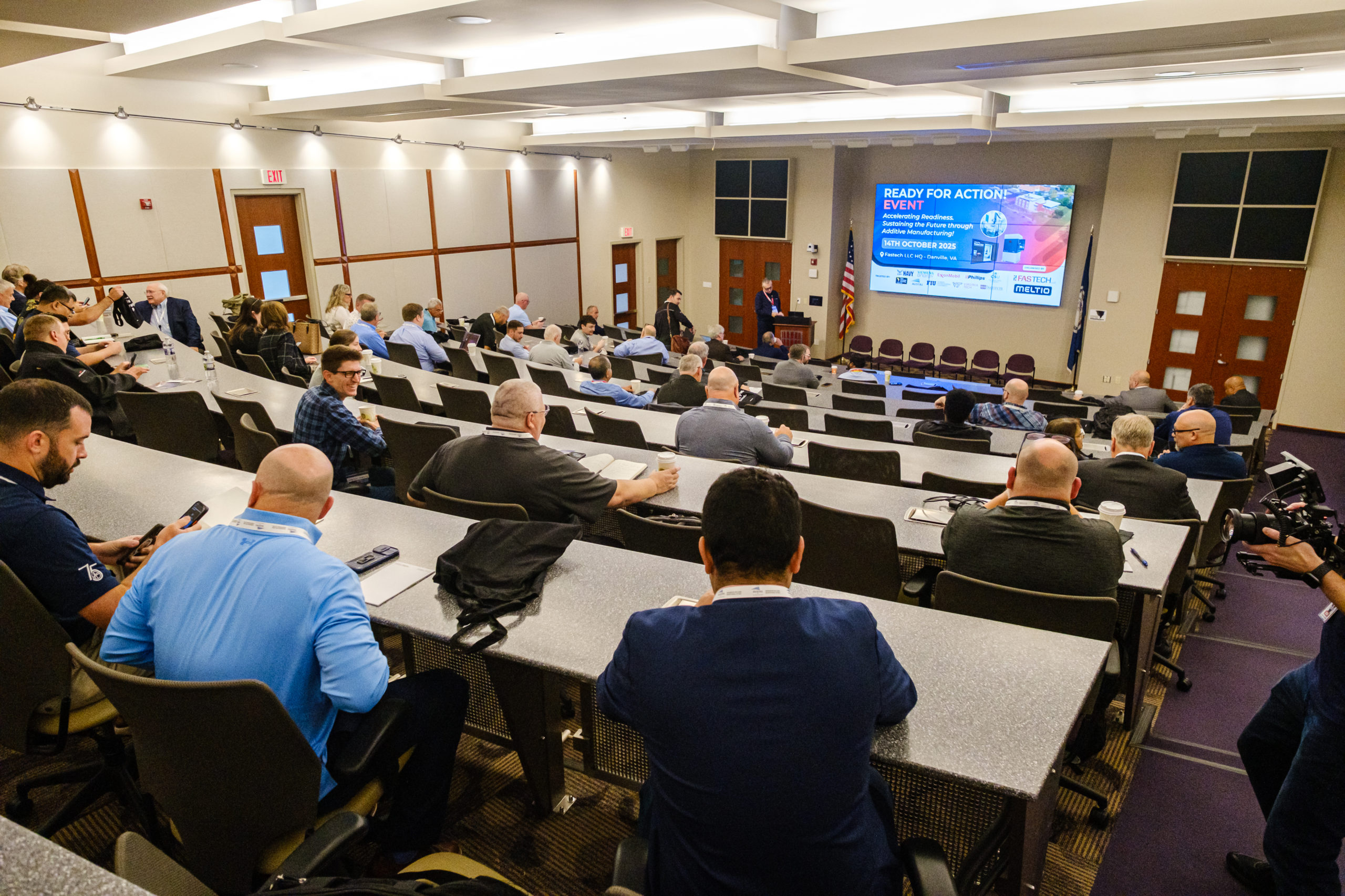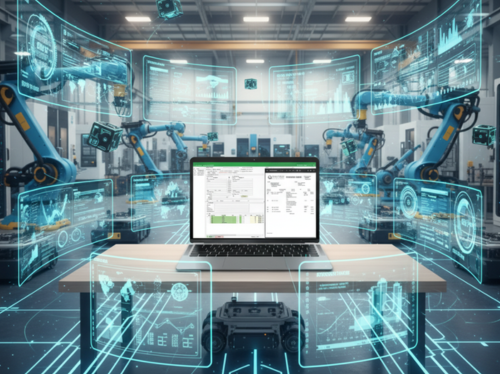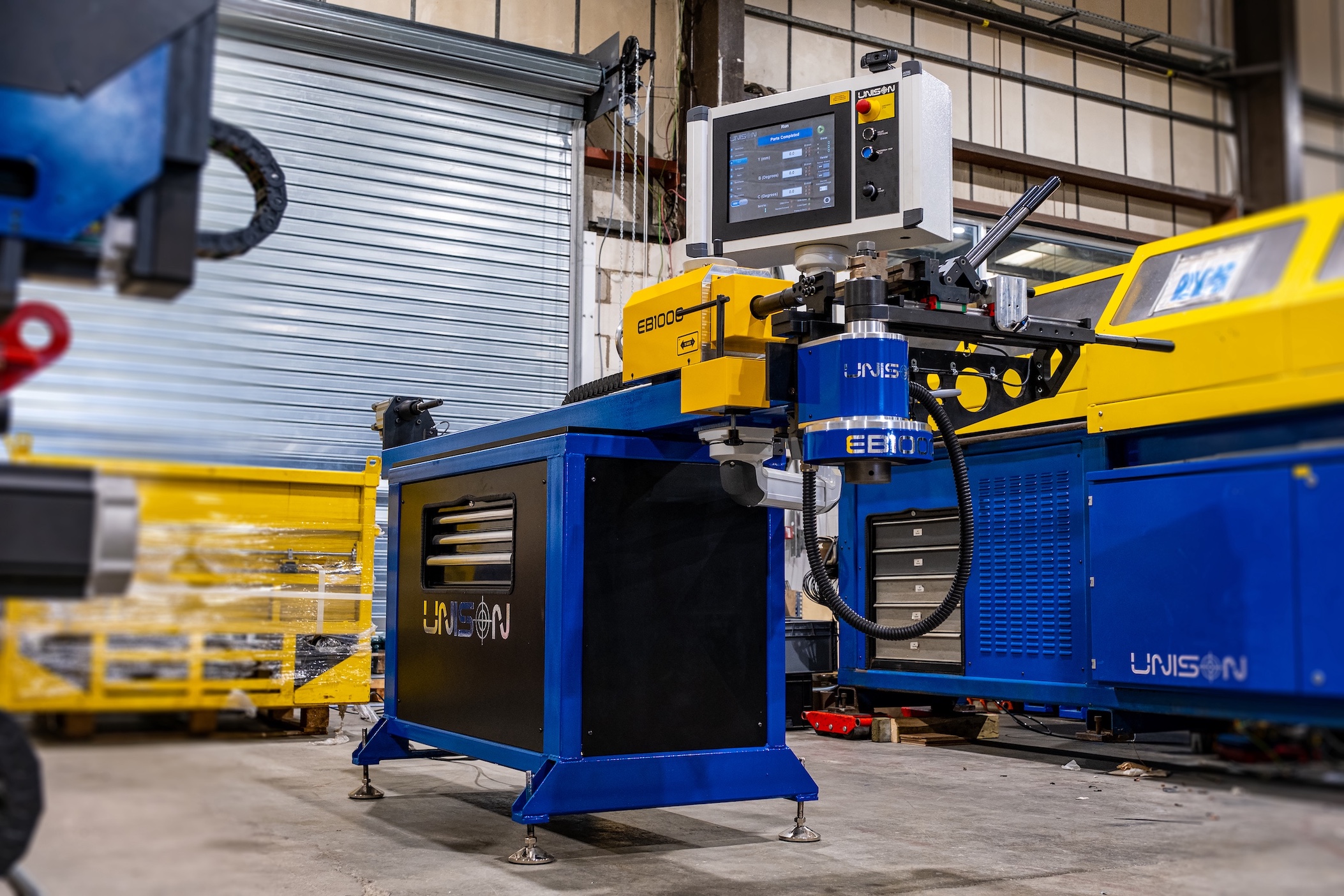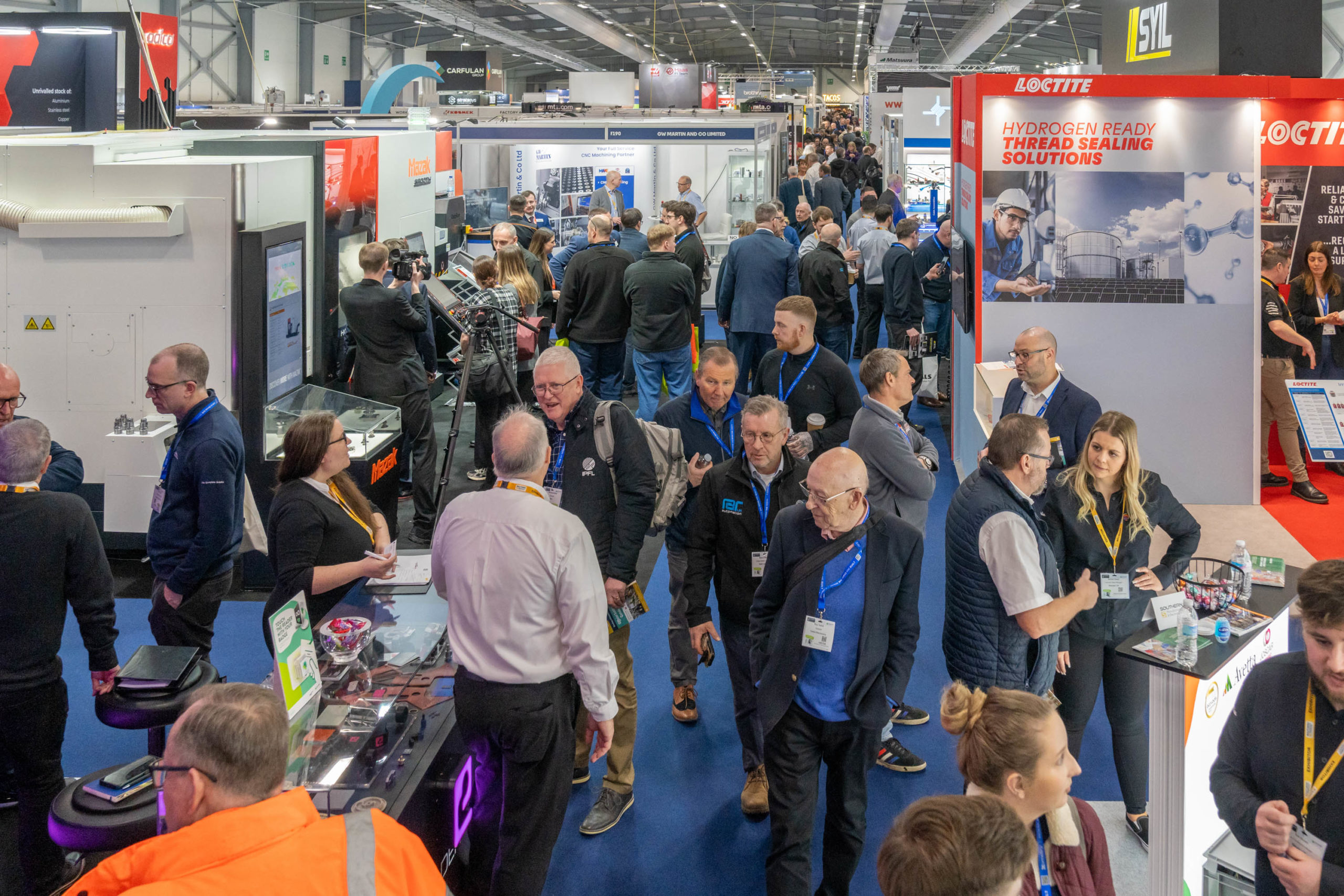Diversity key to progress in UK manufacturing
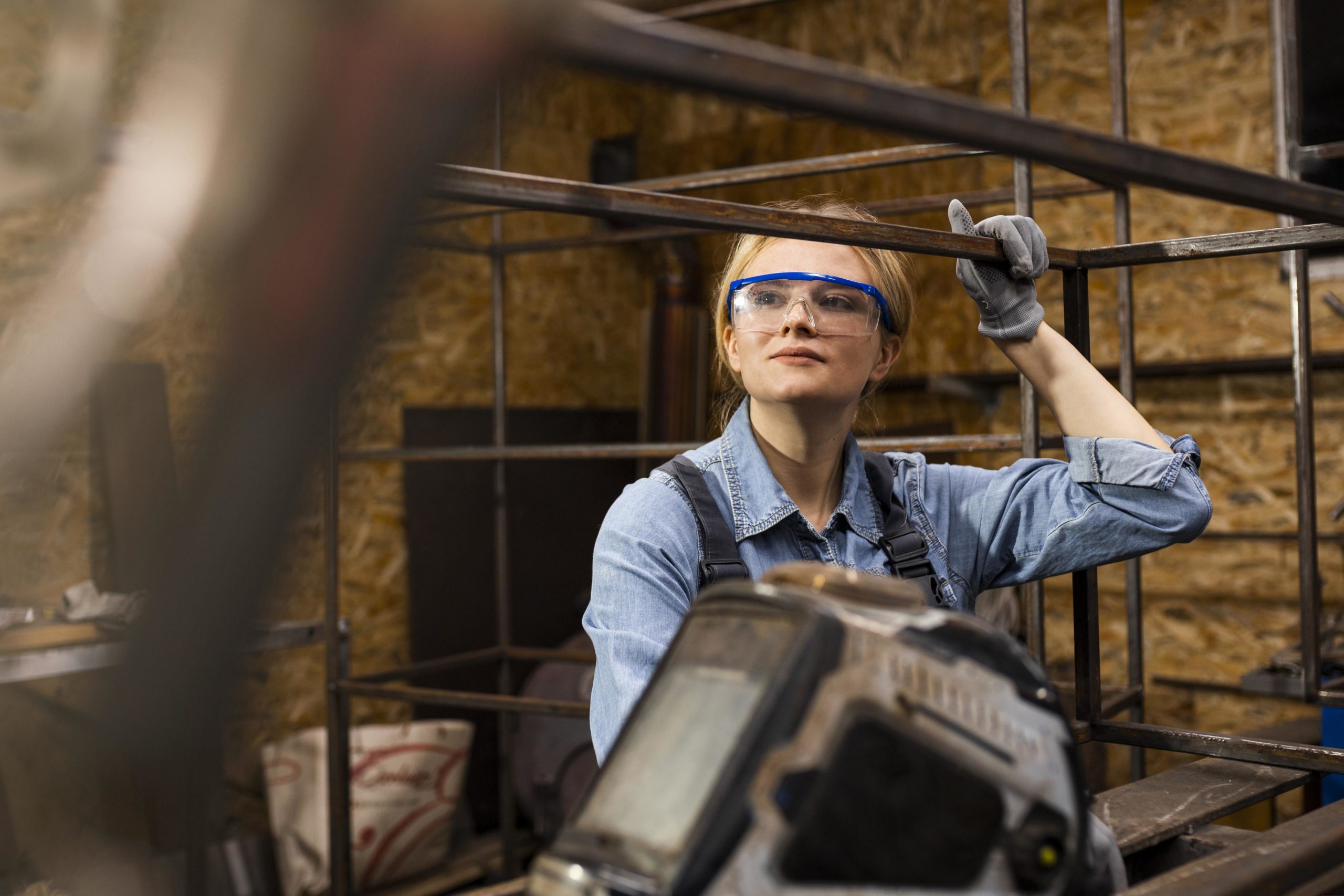
Diversity in the workplace essentially means employing people with different lived experience, including gender, race, ethnicity, age, background, ability/disability and perspectives. It also means valuing those differences. The truth, however, is that many UK manufacturing companies are coming up short in these stakes.
So, who better to probe about this important topic than Sarah Black-Smith, a diversity champion and Chair of the Women in Manufacturing Industrial Advisory Board, a group dedicated to advancing the role of women within the sector. Sarah also happens to be the General Manager of Siemens’ Motion Control business in Manchester and Sustainability Lead at Siemens Digital Industries. She was previously Head of Factory Operations at the company’s Congleton factory.
Her role as Chair of the Women in Manufacturing Industrial Advisory Board is nothing short of challenging. A report entitled Women in UK Manufacturing 2024 reveals there is presently little progress regarding women’s representation in manufacturing, registering growth of just 0.2% between December 2022 and December 2023. Arguably more alarming, participation in engineering roles fell by 4.4% during the same period, while in process, plant and machine operative roles it decreased by 1.9%. To make matters worse, the UK is currently last in the participation of women among the top 15 manufacturing countries.
Image is everything
“If I had to choose just one reason why there’s not more diversity in manufacturing it would be the industry’s historical image – stood in front of a machine in unpleasant surroundings – which is very far from today’s reality,” says Sarah. “However, there are many more contributary factors, not least a lack of parental awareness about the opportunities that a career in manufacturing can provide. We need more diverse role models to visit schools and expose children of all backgrounds to the merits of manufacturing careers.”
For manufacturers, diversity in the workforce has many benefits. It embellishes the company with people who think in different ways and adopt different approaches to overcoming challenges. Diversity and inclusion initiatives can also help tackle labour shortages. Of course, attracting people from diverse backgrounds is one thing, retaining them is quite another.
“Retention is a real issue, particularly among women,” says Sarah. “Participation among women in manufacturing declines after 30 years of age, perhaps in some measure due to starting a family and seeking a more flexible role. These women typically depart for roles such as retail, social work and administration.”
This prompts a pertinent question: is there more manufacturers could do to be more accommodating? Perhaps they could offer job-share roles, for example, to help meet the flexibility requirements of new parents. Is that a feasible proposition?
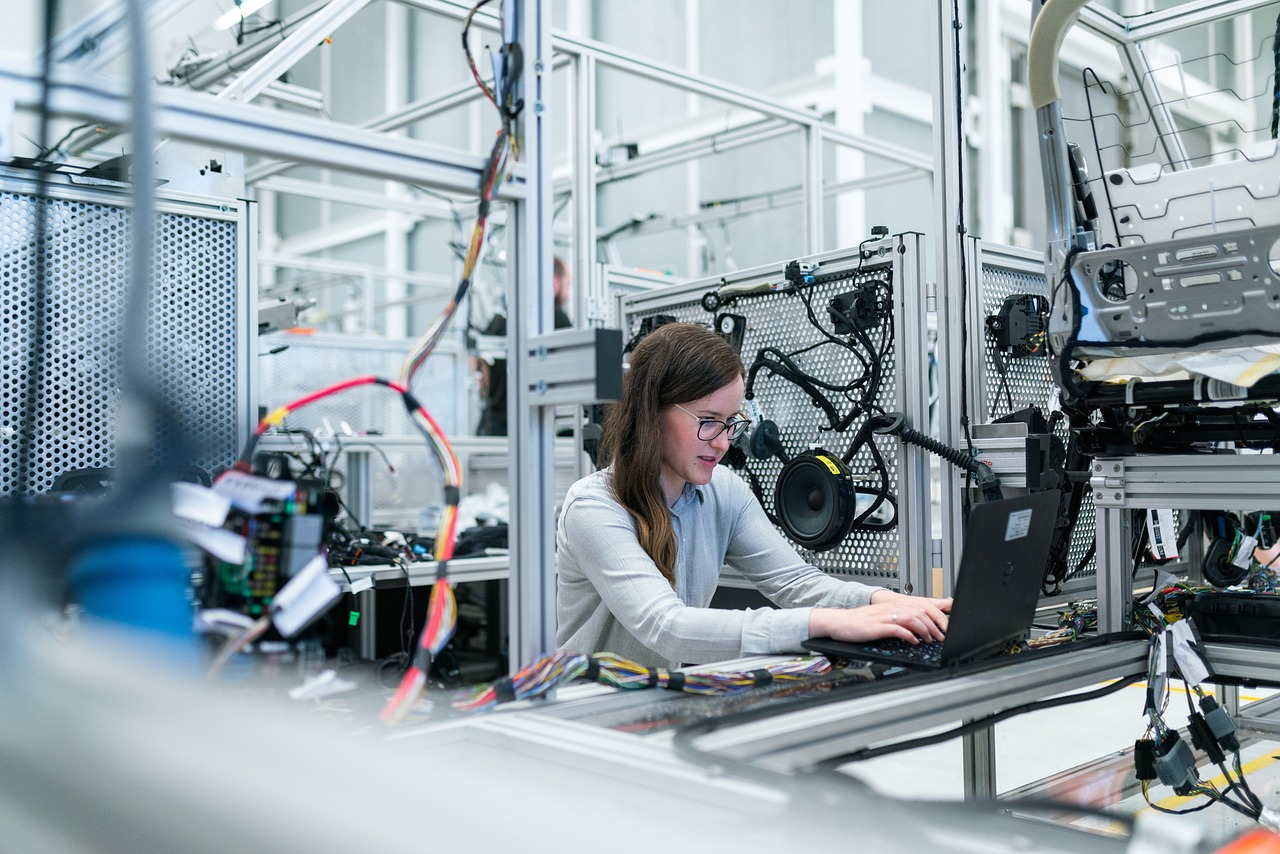
35% by 2035
The Women in Manufacturing 2024 report authored by Jennifere Castaneda-Navarrete sets a goal to increase female participation in the sector to 35% by 2035. Achieving this ambition would unlock the potential of over 200,000 women, helping to address labour shortages and drive industry growth.
The report also proposes a framework for fostering an inclusive manufacturing sector with equal opportunities and a diverse workforce. For manufacturing companies, it lists five equity, diversity and inclusion (EDI) principles: championing EDI in leadership; assessing, tracking and reporting EDI progress; fostering an inclusive culture within the company and supply chain; promoting a diverse talent pool and inclusive recruitment; and adopting an inclusive approach to retention and promotion. The aim is not to impose quotas or promote a ‘tick-box’ approach, but to encourage the evaluation and reform of basic practices and behaviours that may hinder inclusion.
“Getting more people from diverse backgrounds into our sector will increase the UK’s standing among major manufacturing nations,” says Sarah. “However, at present we’re missing out on 25% of the female workforce, for instance, with all that knowledge and different ways of solving problems.”
What’s also key is neurodiversity, which describes the natural differences in how people’s brains behave and process information. It refers to the fact that every person thinks, learns and acts differently, with some correlation to their diversity profile. Encouraging neurodiverse people into manufacturing is a critical part of diversity, equity and inclusion.
Endless possibilities
So, where can manufacturing lead those from diverse backgrounds? Pretty far if Sarah is anything to go by. A graduate engineer with a Master’s Degree, Sarah is a Fellow of both the Institution of Mechanical Engineers and the Chartered Management Institute. She is also a Board Member at the Manufacturing Technologies Association. All in addition to her 20+ year career at Siemens.
“I have a strong affinity with manufacturing,” she says. “I now lean on my experiences in the sector to help others understand the opportunities available, whatever their background.”

